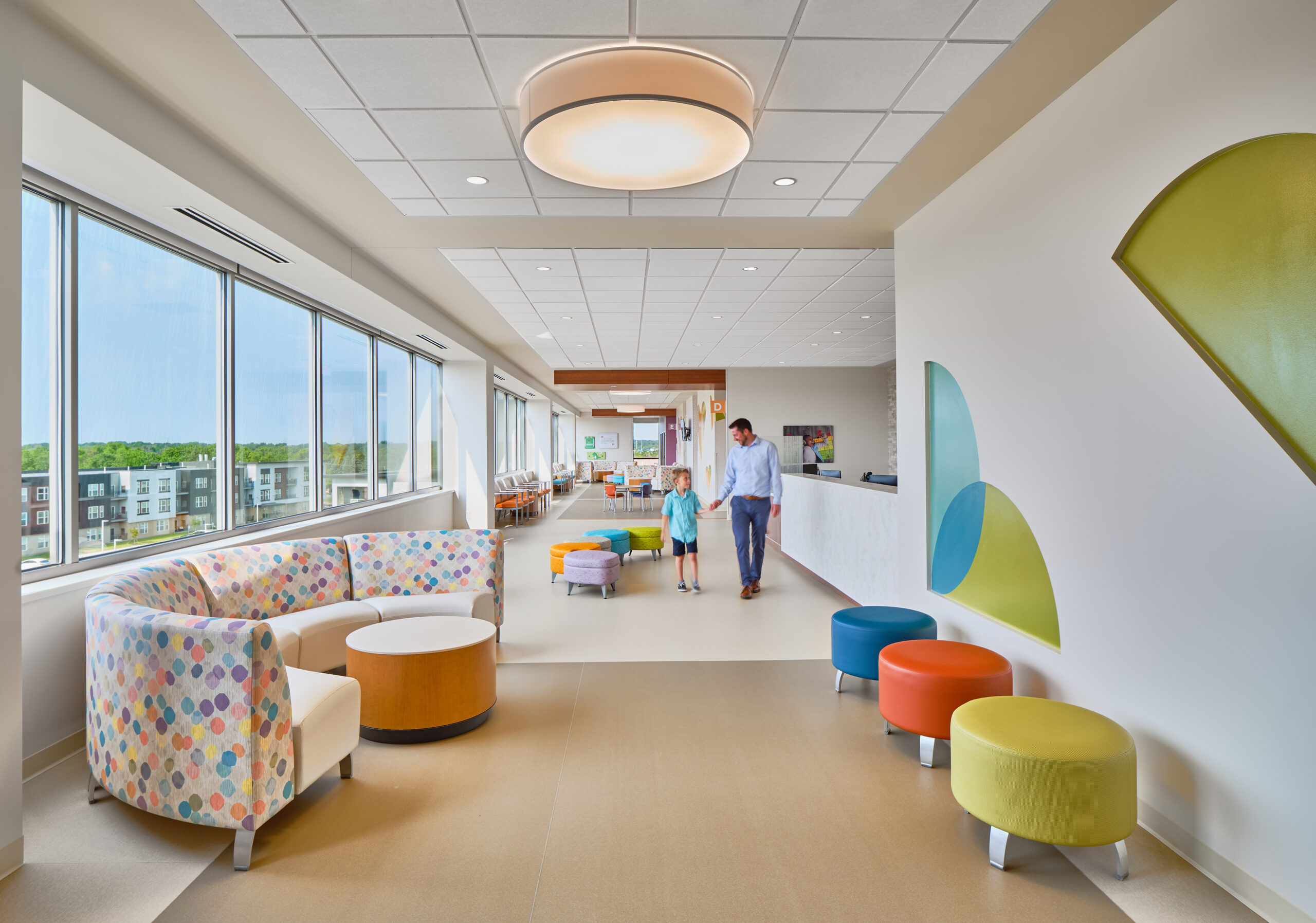By Roxanne Squires
TEL-AVIV, Israel — London-based practice, Amos Goldreich Architecture and local firm, Jacobs-Yaniv Architects were hired to design a shelter for domestic violence victims with human rights activist, Ruth Rasnic, founder of the international charity No To Violence leading the course. Located near Tel-Aviv, the facility will provide a much-needed haven for abused women and children from all different regions and backgrounds.
According to World Health Organization data, up to 45 percent of women in Israel, comparable to most countries in the west, will be victims of domestic violence at some point in their lives, including recent statistics showing that 45 percent of children in Israel will be victims of violence, according to a statement. In 2015, a total of 755 women, an increase of about 20 percent over 2014, took refuge in one of Israel’s 14 shelters for women who are domestic violence victims. Around 20 women are murdered in domestic violence cases every year in Israel, many of whom sought assistance at shelters, but after leaving, found themselves without money or support and returned home to their abusers, as reported by Haaretz.
While the No To Violence charity currently runs three shelters, this will be the charity’s first purpose-built shelter, and the facility will also assist with the organization’s administrative headquarters. The design will appeal to people of diverse ethnic and geographical backgrounds, including Arab, Israeli, Ethiopian, Russian and Ukrainian women and children.
The 17,222-square-foot site for the shelter was specifically chosen to be situated within reach of local community resources, (i.e. stores, jobs, health clinics, schools, parks, counseling centers and recreational facilities). The building’s environmental strategy is highly sustainable, using locally sourced materials that are durable and low-maintenance, while main areas are naturally ventilated and mechanical ventilation systems are highly energy efficient. The shelter also uses solar panels to heat all water.
The shelter offers an array of services, including communal areas, a kindergarten, a computer room, laundry facilities, kitchens and a refectory, independent living quarters for each family, staff accommodation, office areas for the shelter’s manager and staff (including social workers, a child psychologist, housemothers, a childcare worker and a part-time lawyer). There are additional professional workers including psychotherapists, drama or arts therapists along with volunteers who works as cosmeticians, hairdressers, reflexology and martial arts practitioners, and others helping children with their studies and computer skills.
Within the shelter, a courtyard functions as a meeting place for the residents, while maintaining the best possible visibility between the house mother and the families as well as between the women, their children and the staff. Women who come to the shelter will receive empathy and compassion, legal aid, medical guidance, assistance in relocating, and help with basic furniture and equipment. Additionally, mothers who acquire custody of their children will have them referred to local schools.
“The shelter will provide a much-needed refuge for abused women — they arrive in a state of real distress, these people have deep psychological problems, as do their children, so the shelter must provide them with a tangible sense of calm and security,” Rasnic said in a statement. “The architects have created a miracle, really, a place where people of disparate backgrounds can come to terms with their individual trauma, where we can help rebuild their lives, give guidance and support during a key period of transition. And we have many success stories. This is just one example of the work achieved by No To Violence. This new shelter will make a huge contribution to the ongoing work of our charity.”






